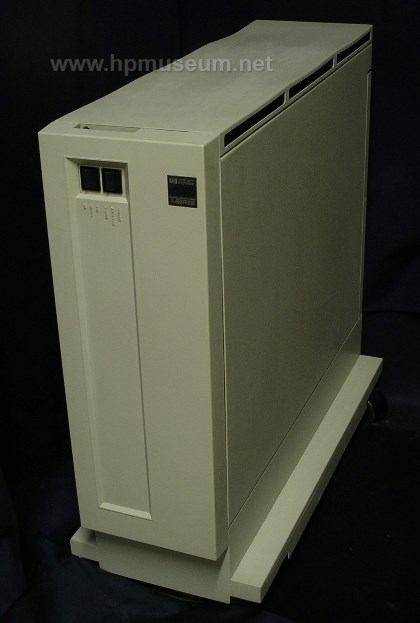Computer Systems
 | 1000, L/A Series Selection: |
| 1) 1000 L-Series (1980) | |
| 2) 1000 A600/600+ (1982) | |
| 3) 1000 A700 (1982) | |
| 4) 1000 A900 (1982) | |
| 5) 1000 A400 (1986) | |
| 6) 1000 A990 (1990) | |
HP introduced its low cost 1000 Series processor in 1979, the L-Series. Like the 21-MX computers, the L-Series was driven by the RTE operating system (RTE-L). The L-Series represented a significant departure in hardware design for HP 1000 computers. The L-Series was based on HP's new LSI CMOS/SOS (Silicon on Sapphire) processors. This processor had no Dynamic Mapping System (DMS). The CPU included an SOS processor as did each interface board. The processor residing on the interface boards gave those boards full access to computer memory, relieving the main CPU of IO control operations. This design provided the L-Series with much faster performance and throughput than the 21-MX computers. The interface boards for the L-Series were not backward compatible with the 21-MX or early 2000 computers. The museum has a collection of software available for download for these computers. Click here for the software listing. | |
| Back | Product Documentation | Category Accessories |
^ TOP©2004 - 2024 BGImages Australia - All Rights Reserved.
The HP Computer Museum and BGImages Australia are not affiliated with HP Inc. or with Hewlett Packard Enterprise. Hewlett Packard and the HP logo are trademarks of HP Inc and Hewlett Packard Enterprise. This website is intended solely for research and education purposes.
